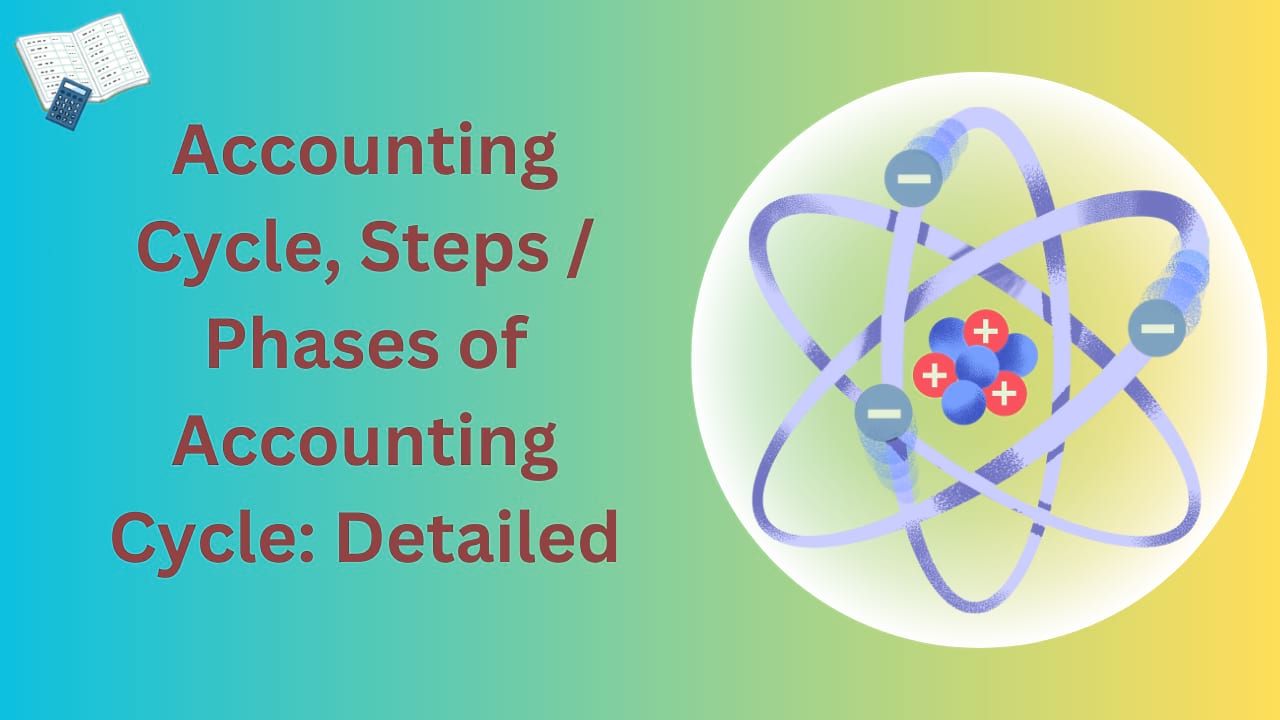Accounting Cycle: When the complete sequence of accounting procedures is done which happens frequently and is repeated in the same directions during an accounting period, the same is called an accounting cycle. The accounting cycle starts with the recording of individual transactions and ends with the preparation of financial statements and closing entries. The accounting cycle is the name given to the collective process of recording and processing the accounting events of a company. The series of steps begins when a transaction occurs and ends with its inclusion in the financial statements. Must Read Objectives of Accounting.
Accounting Cycle:
The accounting cycle or accounting process includes the following:
- Identifying the transactions from source documents like purchase orders, loan agreements, invoices, etc.
- Recording the transactions in the journal proper and other subsidiary books as and when they take place.
- Classifying all entries posted in the journal or subsidiary books and posting them to the appropriate ledger accounts.
- Summarizing all the ledger balances and preparing the trial balance and final accounts with a view to ascertaining the profit or loss made during a particular period and ascertaining the financial position of the business on that particular date. You may also like Basics of Tally.
Steps/Phases of Accounting Cycle
The steps or phases of the accounting cycle can be developed as under:
- (i) Recording of Transaction: As soon as a transaction happens it is at first recorded in the subsidiary book.
- (ii) Journal: The transactions are recorded in the Journal chronologically.
- (iii) Ledger: All journals are posted into ledger chronologically and in a classified manner.
- (iv) Trial Balance: After taking all the ledger account closing balances, a Trial Balance is prepared at the end of the period for the preparations of financial statements.
- (v) Adjustment Entries: All the adjustment entries are to be recorded properly and adjusted accordingly before preparing financial statements.
- (vi) Adjusted Trial Balance: An adjusted trial balance may also be prepared.
- (vii) Closing Entries: All the nominal accounts are to be closed by transferring to the Trading Account and Profit and Loss Account.
- (viii) Financial Statements: Financial statements can now be easily prepared which will exhibit the true financial position and operating results.
Must Read Tally ERP 9 Short Cut Keys.







